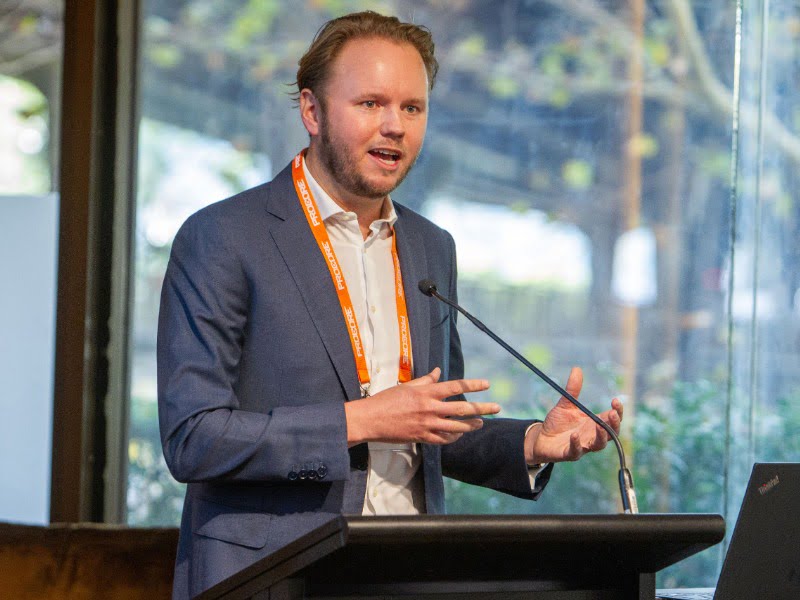A report into the state of technology in the Australian construction industry has pointed out the sector faces numerous regulatory and compliance challenges.
The report from Procore, a cloud application provider to construction companies, was based on a survey of 170 Australian businesses to build a picture of the industry and its outlook on the regulatory environment, compliance, and technology.
Procore Technologies APAC vice president Tom Karemacher said the report outlined how construction companies are looking to drive growth, reduce risk and delays, and promote work-life balance.

“At Procore, we believe that the right technology makes life easier, so we take every effort to learn how we can use it to make work easier in the construction industry,” he said.
“Our customers tell us that, whilst they’re looking at ways to consolidate legacy technologies, they are also planning for the future. We invested in this research to shed light on technology adoption in construction, and how new technologies are influencing more efficient processes and better business outcomes.”
Among the key findings included how the industry viewed pre-fabricated parts as a big driver of change for the coming three years. Rising costs in materials and equipment were also seen as a significant challenge.
From a compliance perspective, keeping up with changes in the regulatory environment was seen as a top three challenge for both small and large construction businesses, with hiring and retention of skilled staff topping the list for businesses of all sizes.
Compliance issues were also identified when it came to tracking and managing paper-based records. The survey revealed paper-based records continue to be used for more than one-third of construction activities, such as site inspections.
“This is potentially a result of government, regulatory bodies, and third-party vendors throughout the industry remaining paper-based interactions. Although this is slowly changing, compliance on a digital platform remains a regular issue,” the report suggests.
Of particular concern was the industry’s lack of understanding around the government’s Australian Work Health and Safety Strategy 2021-2022. The strategy was first launched in 2012 and was updated in 2018, with the construction industry deemed a national priority due to high rates of injury and fatality.
The Procore report found that while half of all construction businesses were unaware of the health and safety targets set forward in the strategy, most already have workplace health and safety targets in place within their business.
“Construction is a relatively high-risk industry and according to a study found that over the last five years, on average, the fatality rate was the sixth highest and the serious claim frequency rate was the fifth highest,” the report said.
“Due to its size, the construction industry ranks third for both the number of fatalities and serious claims over the last five years.”
In an overall positive sense of what lies ahead, 64 per cent of those surveyed felt confident about the business conditions for the industry over the coming twelve months.
This is the first report in what Procore says will become an annual benchmark series to take the ongoing pulse of the industry on an annual basis.
Do you know more? Contact James Riley via Email.

